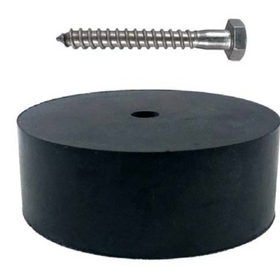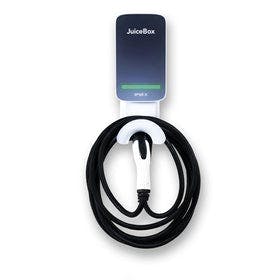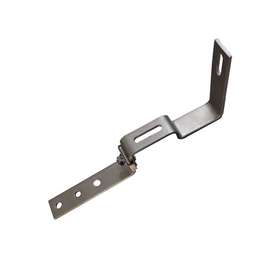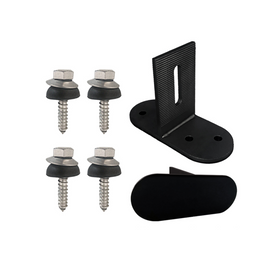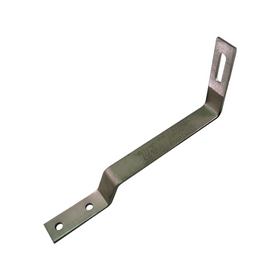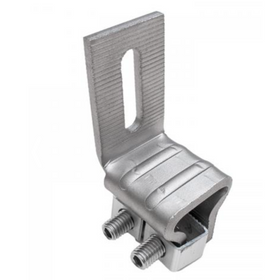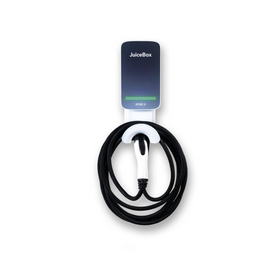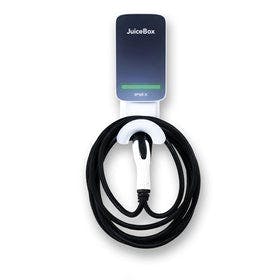
Debt-Free Freedom: Macy Miller’s Tiny Home
Last Updated: Feb 8, 2025For most families, building or purchasing their dream home comes with a price tag that requires a lifetime of hard work to pay off the mortgage. The average cost of a tiny home, however, is around $23,000, and almost seven out of ten tiny homeowners have absolutely no mortgage. While hundreds of thousands of families spend up to half of their income on rent or mortgage payments, a tiny home is one way to escape the cycle of debt that is often associated with expensive homeownership. For Macy Miller and her family, the process of converting an old recreational vehicle (RV) into a stunning and sustainable tiny home has allowed for a lifestyle of debt-free freedom.
Table of Contents
- A Family Friendly 196 Square Foot Home?
- Macy Miller’s Tiny Home
- A Tiny Home for a Tiny Footprint
- The Freedom of Tiny House Living

A Family Friendly 196 Square Foot Home?
Tiny homes mostly appeal to younger individuals searching for an affordable path to homeownership or elderly couples who are looking to downsize during the later years of life. For growing families, however, the idea of living together in under 200 square feet might seem like a challenge.

Macy, however, says that “I think living tiny looks harder from the outside than it feels from the inside. I think that spooks a few families away who would actually do great in a tiny home.” When she first moved into the 196 square foot tiny home, she thought it would even be tough as a single woman. “After the first month it was completely silly that I ever thought it would be hard,” she says. “When I met my partner it was seamless to transition to two people. Then, when we had our kids and it still worked well.” Macy and her family even find enough space in their tiny home to share their space with Denver, their 150 pound Great Dane.

While some people might associate such close quarters with a lot of stress, Macy says that “for me, getting debt free was the easiest way to reduce stress. Reducing our bills to the point that we don’t have to send our kids to daycare only helps perpetuate the savings and makes things easier still.”

Almost all tiny homes incorporate innovative storage spaces to maximize space, and Macy’s tiny home follows this norm. “I suppose everything in a tiny house has multiple uses,” Macy admits. “Beds are forts. Showers are baths. Stairs are storage. I think the design for us was more about having what we need and eliminating what we don’t.”
The tiny home incorporates a beautiful full kitchen, a full-sized shower with an endless supply of hot water, a comfortable shared bed, and a place to sit and hang out. “Everything else gets worked around those priorities,” Macy says. “It’s a flexible space without trying to be too many things.”
In terms of energy and water savings, the family’s energy bills are usually substantially lower than $80 per month to power 9 LED light bulbs, a water heater, a stove/oven, a fridge, and occasionally a small space heater and AC unit.

“I think the biggest energy savings comes from our lack of water use,” Macy explains. We reuse our bathwater in our garden. We haven’t used a flush toilet in over six years instead of safely composting waste in a UL Certified composting toilet…We have never even had a sewer hook-up which means we have diverted just over 700,000 gallons in the last 6 years.”
Macy also purposefully decided to avoid incorporating smart home technology into her tiny home. “I avoided making the home too ‘smart’…because it keeps us, the occupants, engaged in the operation of the house. When something isn’t right, we fix it until it is. I’m always leery of automating anything too much for fear of it not being reactionary.” Her experience proves that the actual process of living and operating a sustainable home is just as important as the design and construction of the structure itself.

A Tiny Home for a Tiny Footprint
According to information released by the US Census Bureau, the average size of a new home in the United States was 2,687 square feet in 2015. From a sustainability perspective, there is a lot of embodied energy in the materials used to build a home of that size. Despite more energy-efficient building technologies, larger homes often require more energy to heat, cool, and power than their smaller counterparts. However, one of the most often overlooked problems associated with larger homes is that it takes a lot of “stuff” to fill them up.
Macy mentions that “there isn’t as much to pick up at the end of the day. Sure, there isn’t room for as many toys, but I see that as a good thing. I don’t like contributing to a disposable society; the house helps keep that in check for us.”
Tobias Roberts
Tobias runs an agroecology farm and a natural building collective in the mountains of El Salvador. He specializes in earthen construction methods and uses permaculture design methods to integrate structures into the sustainability of the landscape.




